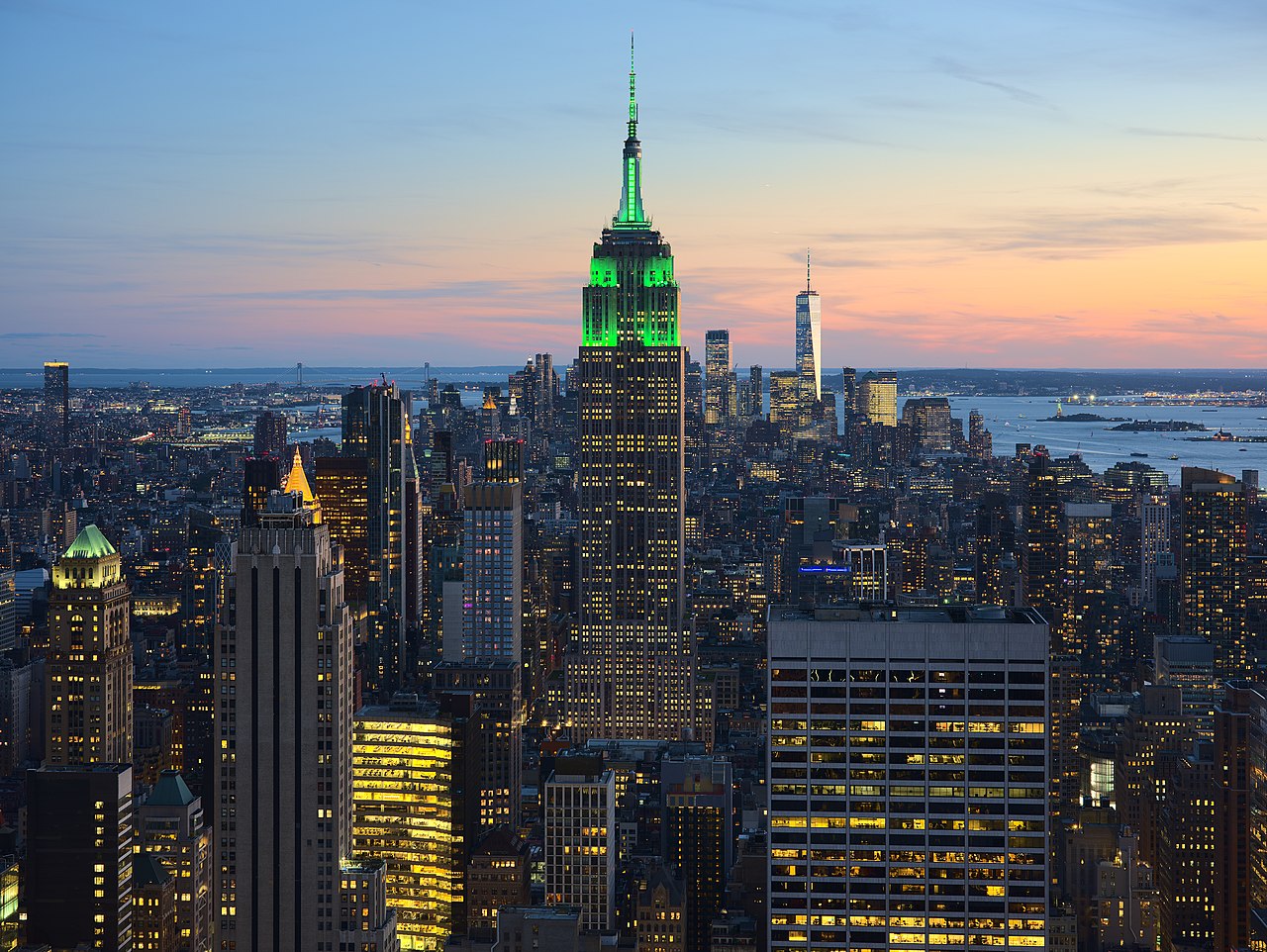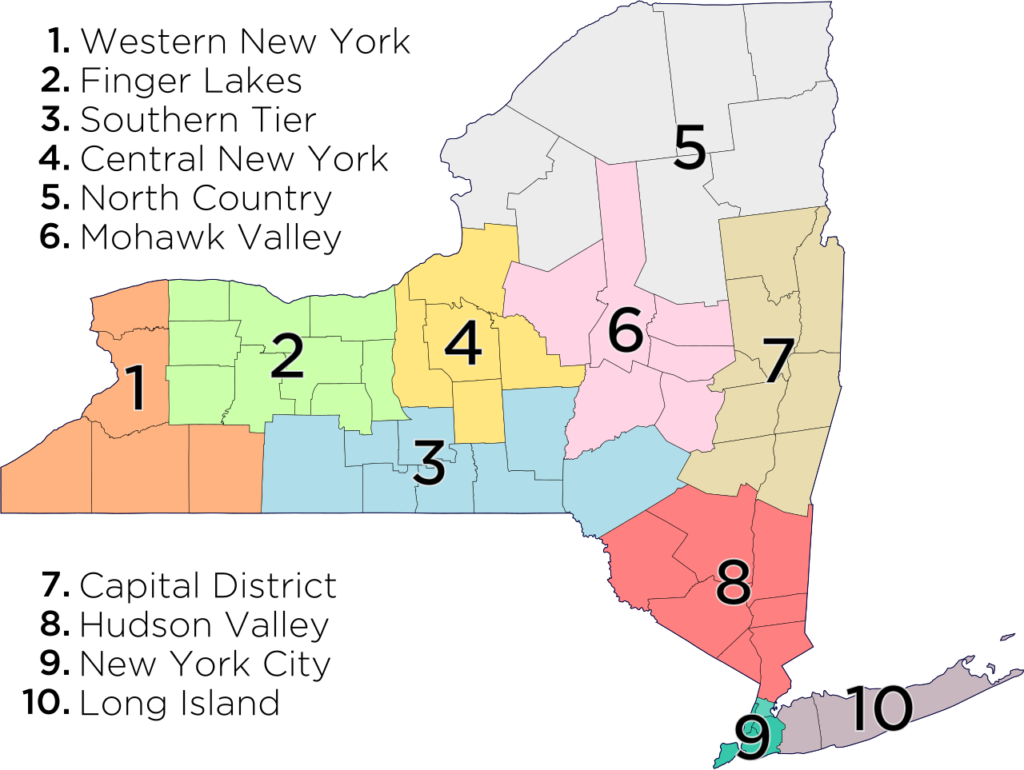About New York Population, Area, Regions
New York Metropolis, also known as the Big Apple, is a city and port in northeastern United States that is formally known as the City of New York. Historically known as New Amsterdam, the City of New York is also home to the Mayor, Alderman, and Commonality.

Population: 8,804,190
Total Area: 472.43 sq mi (1,223.59 km2)
Website: nyc.gov

The British Duke of York inspired the naming of New York. According to several analysts, George Washington referred to New York as “the seat of the Empire” when he gave it the designation “Empire State.” It includes Manhattan and Staten islands, the western portions of Long Island, and a tiny portion of the New York state mainland to the north of Manhattan. It is the biggest and most significant metropolis in the United States. It may be comparable to travelling from one country to another to move from one city neighborhood to the next.
The most populated and multicultural city in the nation is New York. The neighboring regions of New York, New Jersey, and Connecticut are included in its urban area.
New York Regions
- Western New York
- Finger Lakes
- Southern Tier
- Central New York
- North Country
- Mohawk Valley
- Capital District
- Hudson valley
- New York City
- Long Island.

New York serves as both the entrance to and the favored exit from the North American continent into the world’s oceans. It is situated where the Hudson and East rivers meet in one of the most prestigious harbours. The most racially and religiously diverse, commercially focused, notoriously crowded, and, in the opinion of many, the most alluring urban centre in the nation is New York.
The average temperature varies between 31 and 72 degrees Fahrenheit (0 and 22 degrees Celsius), although recorded temperature extremes range from 15 to 106 degrees Fahrenheit (26 and 41 degrees Celsius). New York has a temperate climate, therefore the harbour hardly ever freezes. 44 inches of precipitation fall each year (1,120 mm). The city’s plants and animals bear witness to the dramatic changes in the ecosystem that urbanisation has imposed.
80 different species of fish, dozens of birds, including the peregrine falcon and the pigeon, and mammals like the raccoon and the sporadic urban coyote can still be found in the city.
The ability of modern city plants to grow in the presence of acid rain, air that contains significant amounts of ozone, automobile pollutants, and industrial byproducts are their defining traits. Numerous contemporary skyscrapers have an unmovable foundation thanks to the city’s old bedrock. No other city in the world has as many of these incredible structures as New York.
Large species including black bears, bobcats, and moose live in New York, as well as lesser mammals like weasels, raccoons, and skunks. Construction supplies from New York, including limestone, salt, sand, and gravel, are well known. It is also one of the top states producing garnets, however these aren’t typically used in jewellery but rather for industrial applications. With almost 8.5 million citizens, New York City is the most populated city in the country. You may tour Ellis Island, where over 12 million immigrants entered the country between 1892 and 1924, and take in the view from the 86th level of the Empire State Building. You can also climb the 377 steps to the top of the Statue of Liberty.